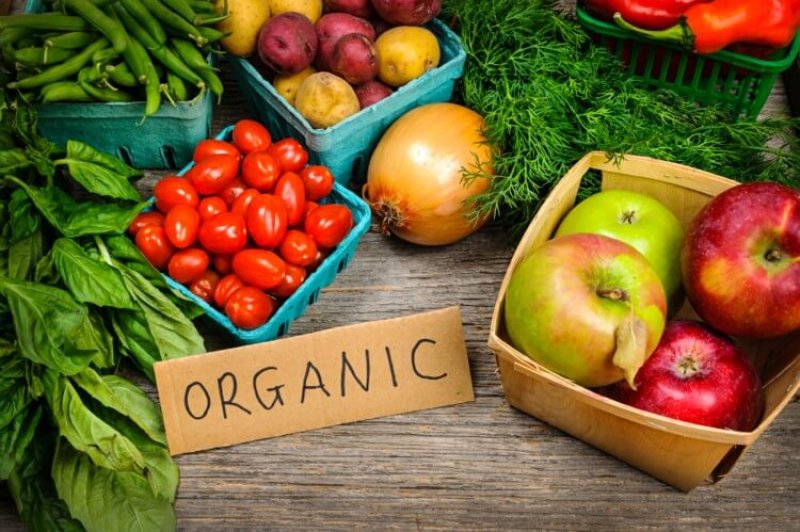For a long time, American consumers …. could read a food label or product advertisement and trust that the information it contained was reasonably truthful.
That’s because …. the Food and Drug Administration (FDA) and the Federal Trade Commission (FTC) were there actively to enforce laws against false and misleading marketing schemes ….
Unfortunately, that is no longer the case …. the FDA and FTC now treat one segment of the food and agriculture industry as if the laws do not apply.
That’s the $47 billion and growing organic food industry, where misleading health claims about conventional agriculture are almost universal ….
Take, for example, the seemingly ubiquitous Non-GMO Project butterfly label appearing today on more than 50 thousand products …. The Project states on its website that its purpose is to help consumers avoid “high risk” products containing GMO “contamination.”
…
[F]ood claims made on websites come under FDA’s labeling guidelines …. the assertions the Project makes on its website should be captured under FTC’s equally strict laws against misleading advertising.The terms “high risk” and “contamination” are about as misleading as it gets …. the scientific consensus is clear: GMOs currently on the market are every bit as safe to eat as foods produced by conventional breeding.
Read full, original article: FDA and FTC need to end anti-GMO deception in organic food advertising































